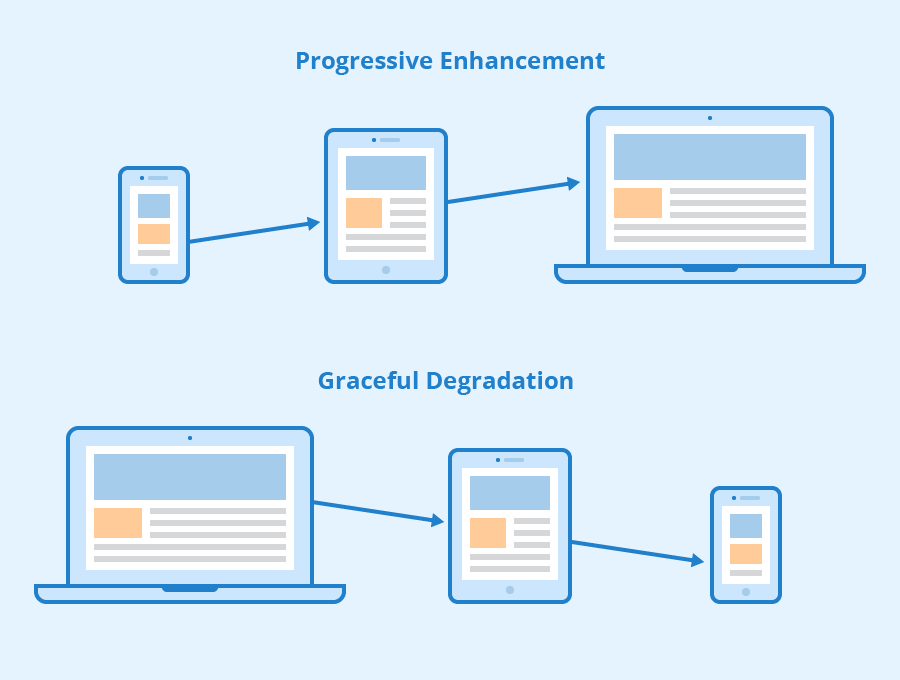Becoming a front-end web developer involves mastering technologies and tools related to creating user interfaces and user experiences. Below is a detailed roadmap for front-end web development:
1. Basic Web Technologies:
- HTML (HyperText Markup Language):
- Learn the structure and semantics of web pages.
- Understand HTML5 elements and attributes.
- CSS (Cascading Style Sheets):
- Learn how to style HTML elements.
- Understand layout, positioning, and responsive design.
2. Intermediate Front-End:
- JavaScript:
- Master the fundamentals of programming.
- Understand DOM manipulation, events, and AJAX.
- Explore ES6 features like arrow functions, classes, and modules.
- Responsive Design:
- Learn about media queries and responsive frameworks like Bootstrap or Flexbox.
- CSS Preprocessing:
- Familiarize yourself with tools like SASS or LESS for more maintainable CSS code.
- Package Managers:
- Learn about npm (Node Package Manager) for managing front-end dependencies.
3. Front-End Frameworks/Libraries:
- React.js (or similar):
- Learn to build interactive user interfaces.
- Understand component-based architecture.
- Study state management (Redux or Context API).
- Vue.js or Angular:
- These are alternative front-end frameworks you might want to explore.
4. State Management (for React):
- Redux (or Context API):
- Learn to manage global state in a React application.
5. Routing and Navigation:
- Implement client-side routing using libraries like `react-router` (for React).
6. API Integration:
- Learn how to make API requests using JavaScript (fetch or Axios).
7. Front-End Build Tools:
- Bundlers (Webpack, Parcel):
- Learn how to bundle and optimize your code for production.
8. Package Managers:
- Understand how to use npm or Yarn for managing project dependencies.
9. Module Bundlers:
- Learn about bundlers like Webpack to manage and optimize assets.
10. Testing:
- Learn about unit testing frameworks like Jest or Mocha.
11. Version Control:
- Learn Git and use platforms like GitHub or GitLab for version control.
12. Front-End Styling and UI Frameworks:
- CSS-in-JS Libraries:
- Explore libraries like styled-components or Emotion for styling in React.
- CSS Frameworks:
- Learn popular frameworks like Bootstrap or Material-UI for faster development.
- CSS Grid and Flexbox:
- Master advanced layout techniques.
13. Performance Optimization:
- Understand techniques like code splitting, lazy loading, and image optimization.
14. Browser Developer Tools:
- Familiarize yourself with debugging, profiling, and performance tools in browsers.
15. Web Accessibility (a11y):
- Learn about creating websites that are accessible to people with disabilities.
16. Cross-Browser Compatibility:
- Understand how to handle and fix issues that arise on different browsers.
17. Progressive Web Apps (PWAs):
- Learn how to create web applications that offer an app-like experience.
18. Continuous Learning:
- Stay updated with the latest technologies, libraries, and best practices in front-end development.
Remember to build projects as you go along to apply what you've learned and gain practical experience. Start with small projects and gradually tackle more complex ones. Additionally, consider joining a community or forum to interact with other developers and seek help when needed. Happy coding!



0 Comments